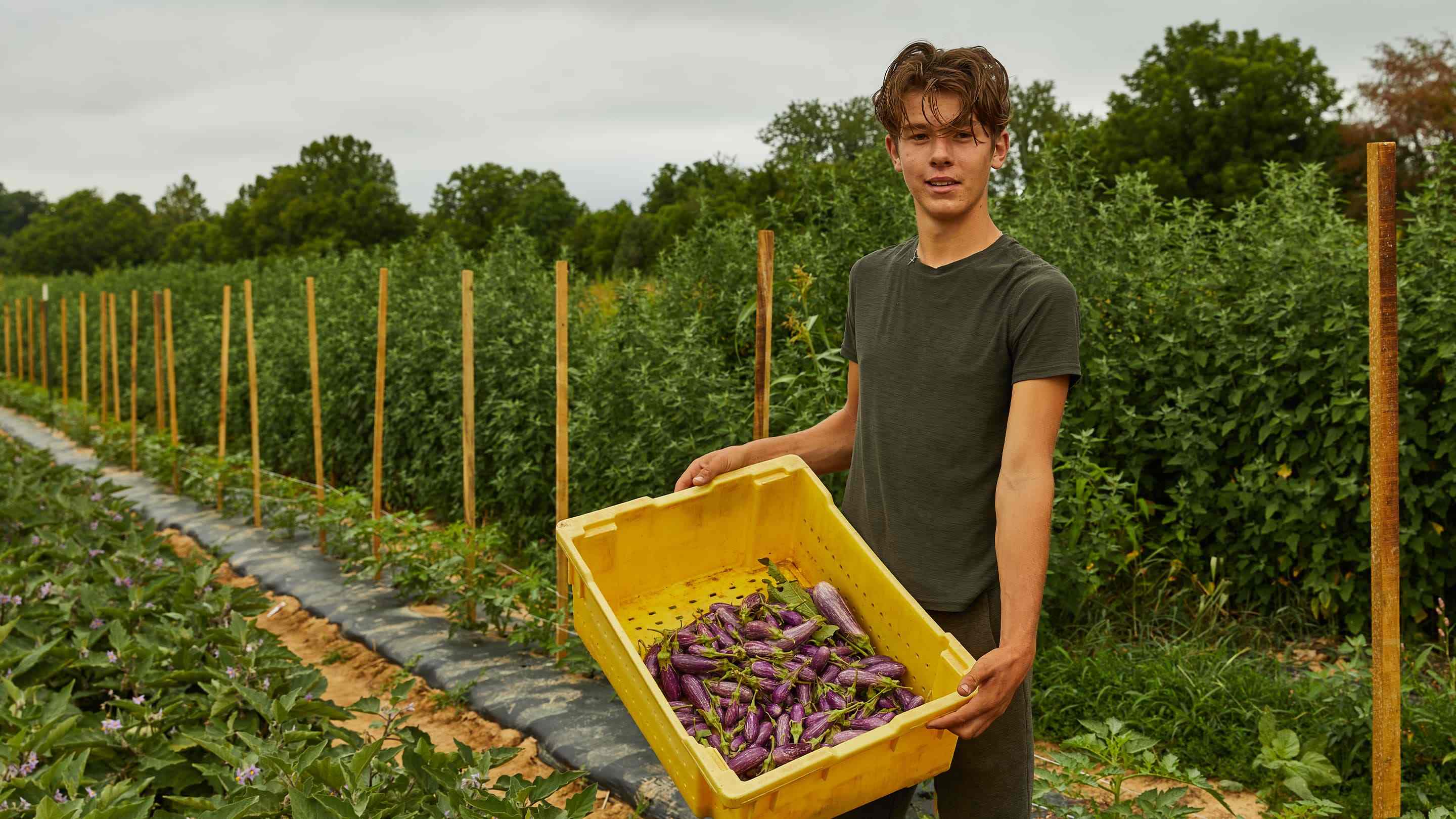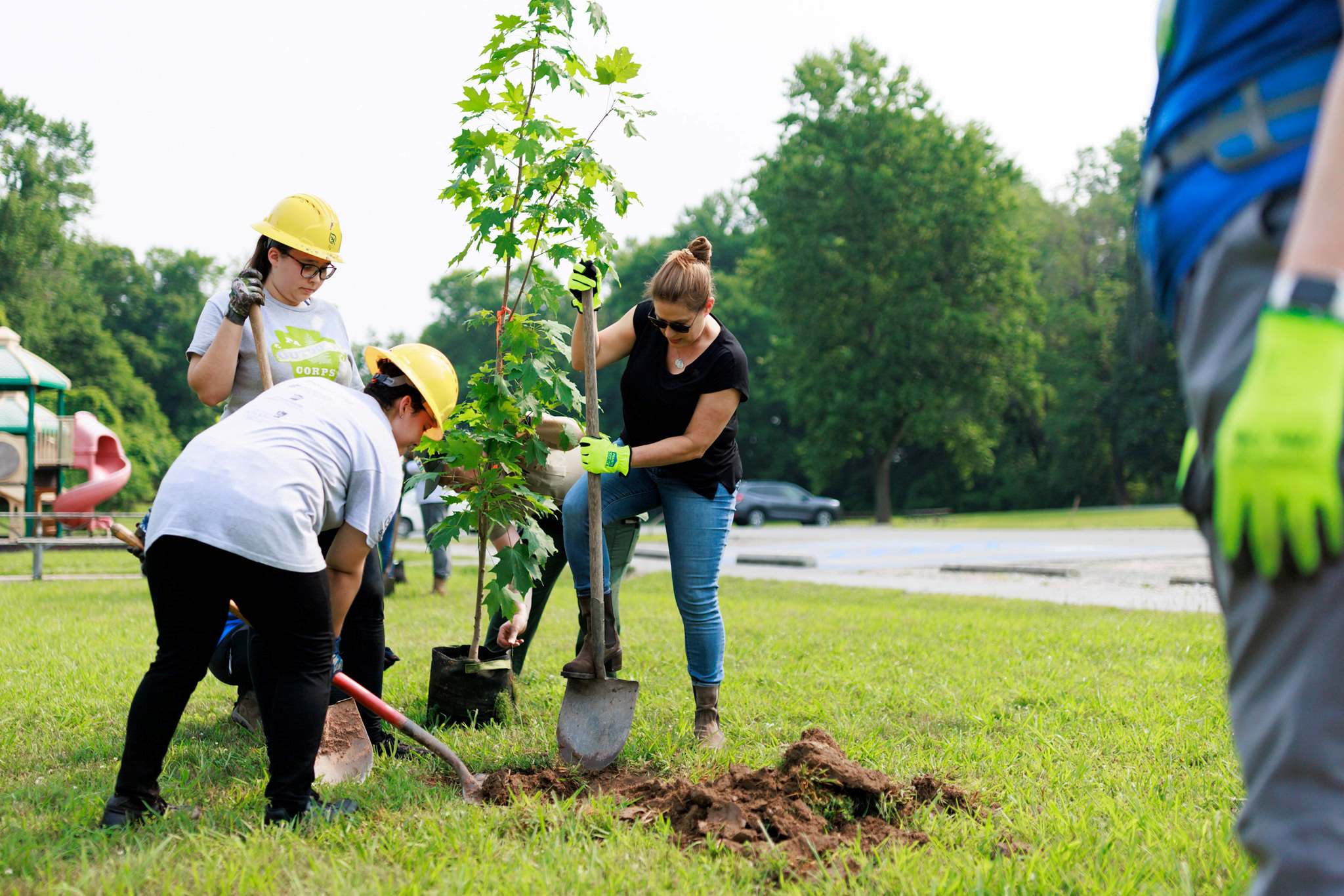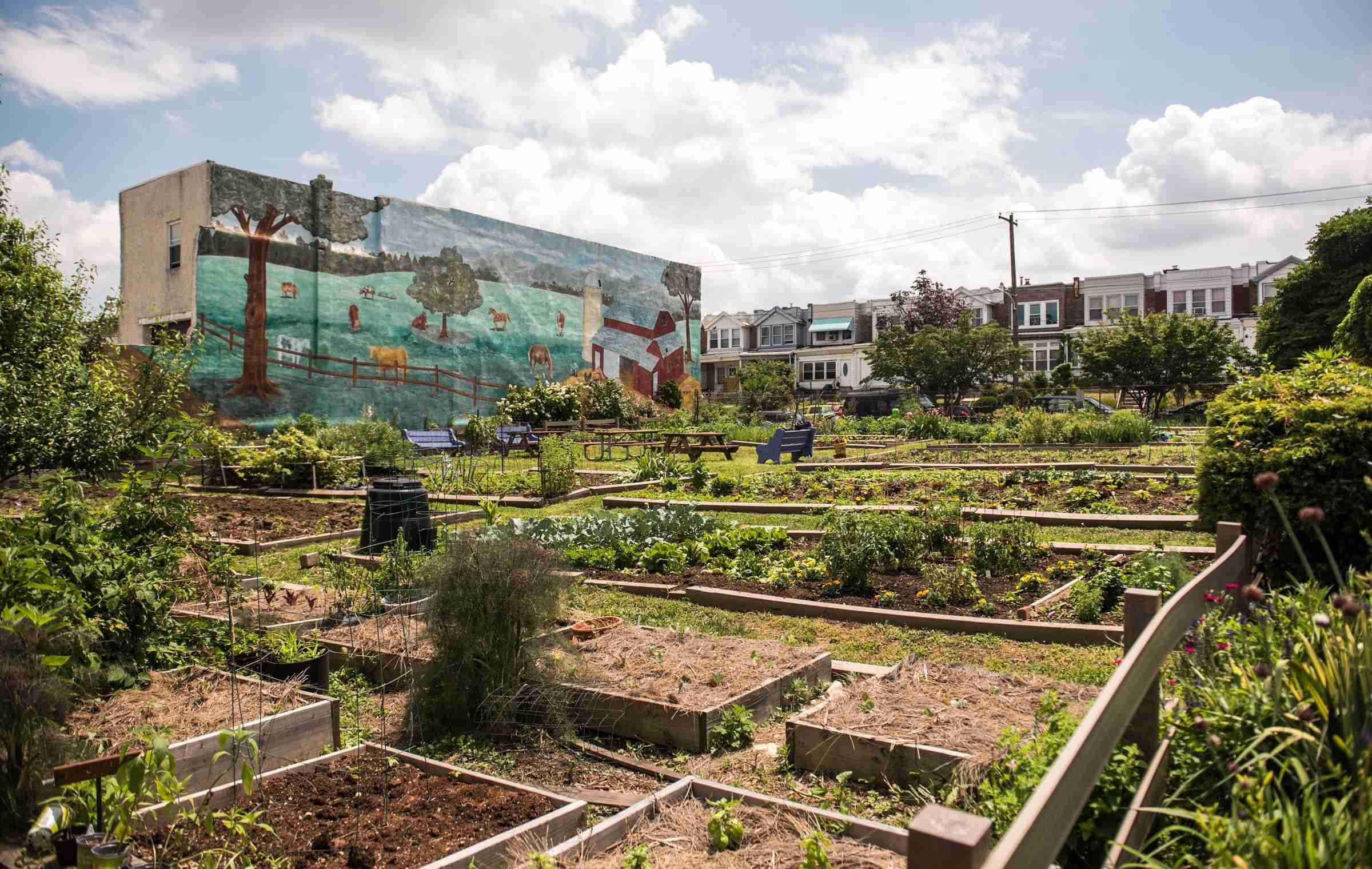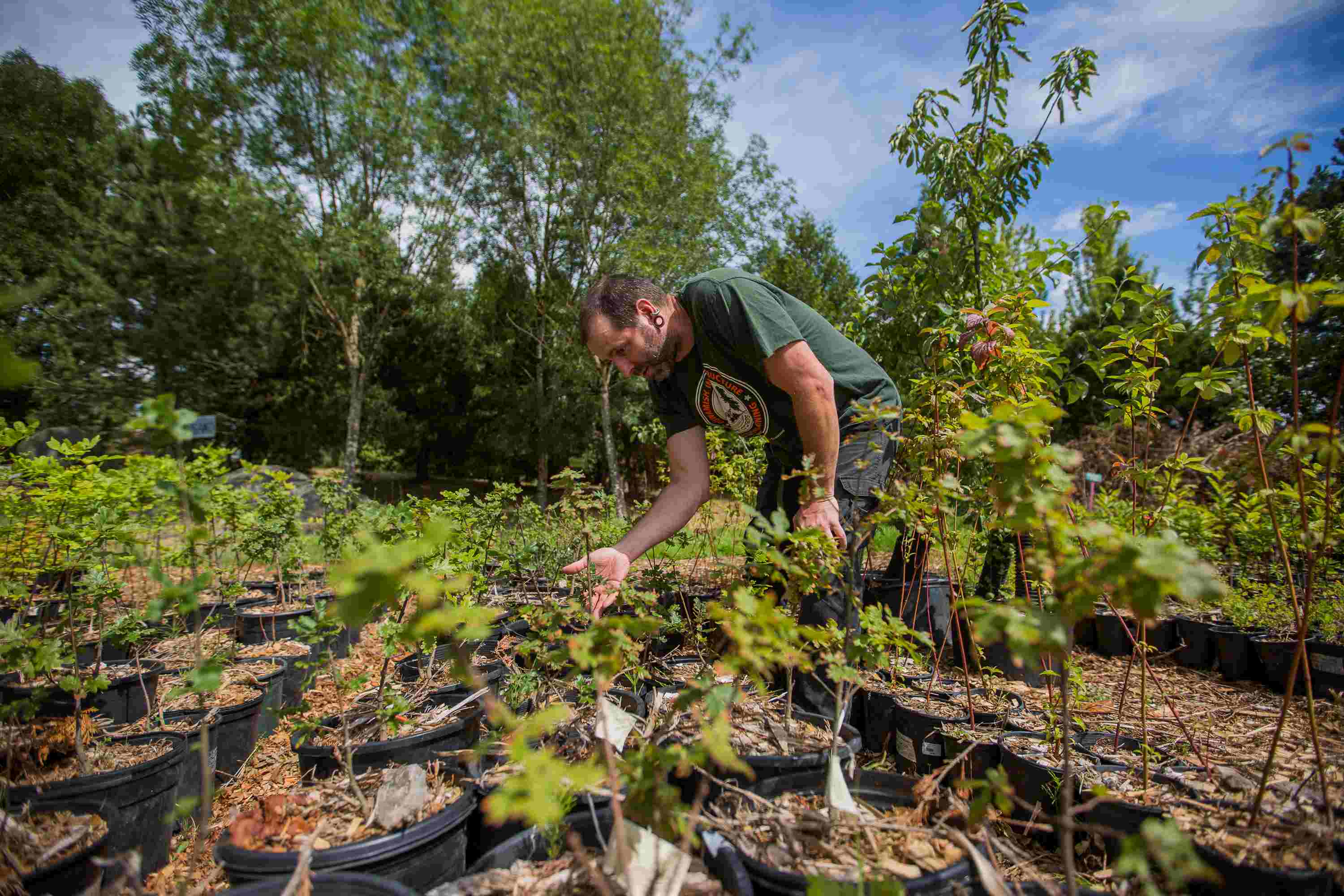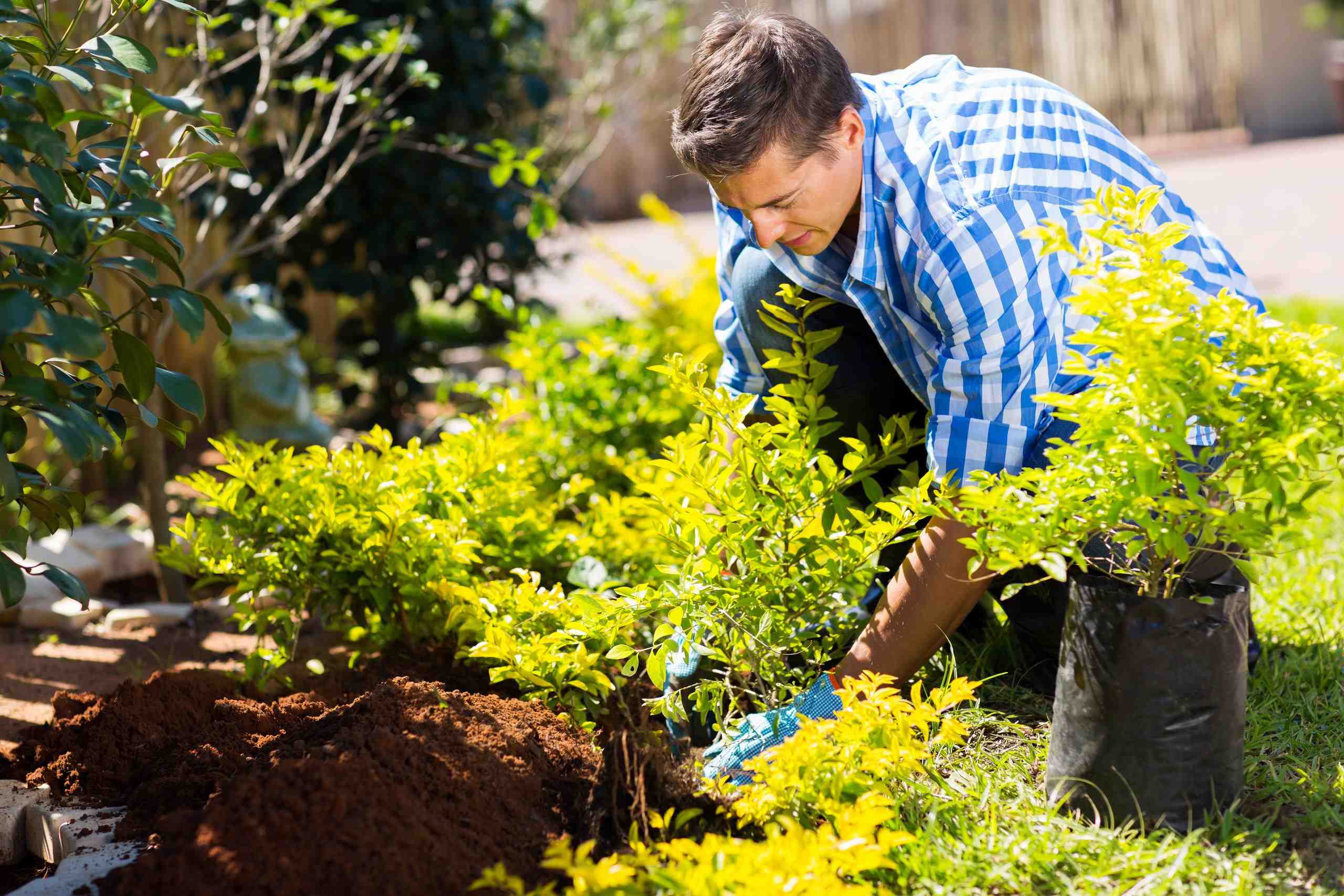Home>Gardening Basics>Understanding Soil>What Planting Zone Is Charlotte, NC
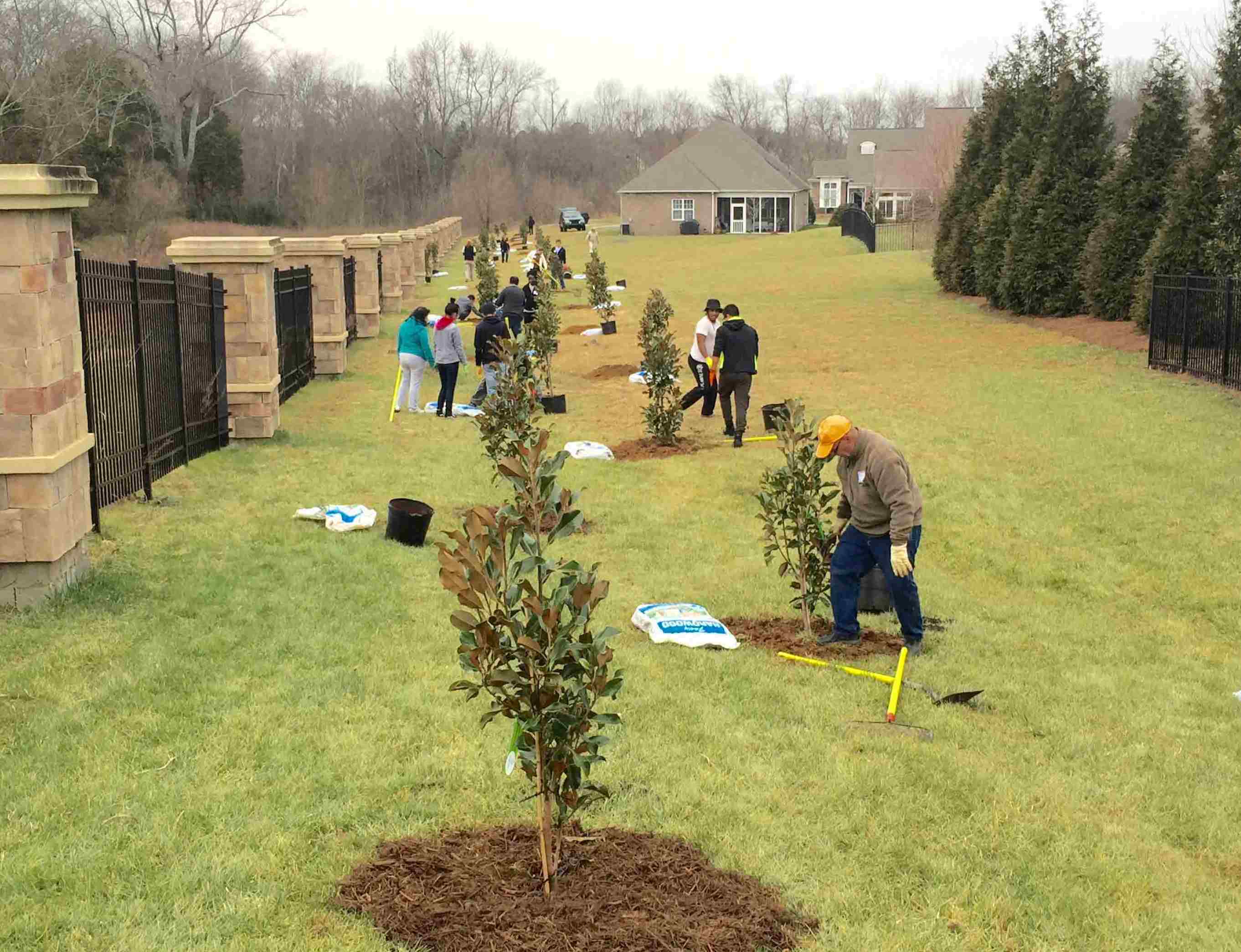

Understanding Soil
What Planting Zone Is Charlotte, NC
Modified: January 22, 2024
Discover the planting zone for Charlotte, NC and gain a better understanding of soil conditions for successful gardening. Improve your gardening skills with our comprehensive soil guide.
(Many of the links in this article redirect to a specific reviewed product. Your purchase of these products through affiliate links helps to generate commission for Chicagolandgardening.com, at no extra cost. Learn more)
Table of Contents
Introduction
Welcome to the vibrant city of Charlotte, North Carolina! If you are a gardening enthusiast or planning to start a garden in Charlotte, understanding the local climate and planting zones is crucial. Properly selecting plants that can thrive in your specific zone is the key to a successful and flourishing garden.
Planting zones, also known as hardiness zones, are a way to classify and determine the types of plants that are most likely to survive in a particular region. The United States Department of Agriculture (USDA) developed the Plant Hardiness Zone Map, which divides the country into different zones based on the average annual minimum temperature. These planting zones help gardeners make informed decisions about which plants are best suited for their area.
When it comes to planting zones in Charlotte, NC, it’s important to understand the factors that affect the local climate. The prevailing climate in Charlotte is part of the humid subtropical zone, characterized by hot and humid summers, mild winters, and ample rainfall throughout the year.
In this article, we will delve into the specifics of the planting zone for Charlotte, NC and provide you with essential information to help you choose the right plants for your garden. We will also offer valuable gardening tips and recommendations to ensure a thriving and beautiful garden in this diverse and exciting city.
Understanding Planting Zones
Planting zones are geographical regions that categorize areas based on their average annual minimum temperature. These zones provide valuable information regarding the suitability of various plants in different climates. By understanding your specific planting zone, you can select plants that are more likely to thrive and withstand the local weather conditions.
The United States Department of Agriculture (USDA) developed the Plant Hardiness Zone Map, which is widely used to determine the planting zones across the country. The map is divided into different zones, with each zone representing a 10-degree Fahrenheit difference in average minimum temperature from the adjacent zones.
Planting zones take into account the average minimum winter temperature, as extreme cold temperatures play a critical role in determining plant survivability. These zones help gardeners choose plants that can tolerate the lowest temperatures typically seen in their region.
It is important to note that planting zones provide a general guideline, but they are not the only factor to consider when selecting plants. Other environmental factors, such as rainfall, humidity, and soil conditions, also impact a plant’s ability to thrive.
When using the planting zone map, it is crucial to find the specific zone for your area. You can easily locate your planting zone using the USDA’s online tool or by referring to the hardiness zone map, which can be found in many gardening books or websites.
By understanding the characteristics of your planting zone, you can make informed decisions about which plants are compatible with your climate and have the best chance of flourishing in your garden. Now, let’s explore the factors that affect the planting zones in Charlotte, NC.
Factors Affecting Planting Zones
Several factors contribute to the variation in planting zones, including temperature, elevation, proximity to bodies of water, and microclimates within a region. These factors can significantly impact the local climate and subsequently influence the suitability of different plants in a specific area. When it comes to planting zones in Charlotte, NC, the following factors play a role:
Temperature: The average annual minimum temperature is a primary factor in determining a planting zone. Colder regions with lower minimum temperatures will have higher-numbered planting zones, indicating plants that can tolerate colder conditions. Conversely, warmer regions with higher minimum temperatures will have lower-numbered planting zones.
Elevation: The altitude of a location affects its climate and can influence the planting zone. Higher elevations generally have colder temperatures, which may result in a lower-numbered planting zone compared to nearby lower elevation areas.
Proximity to Bodies of Water: Large bodies of water, such as lakes or oceans, can moderate temperatures in surrounding areas. Areas closer to water bodies may experience milder winters and cooler summers, leading to a higher-numbered planting zone.
Microclimates: Microclimates refer to small-scale variations in climate within a larger region. Factors such as topography, vegetation cover, and urban development can create microclimates that deviate from the typical conditions of the surrounding area. For example, urban areas with concrete and buildings can generate heat, creating a slightly warmer microclimate known as the urban heat island effect. These microclimates can have a localized impact on planting zones.
Understanding the factors that affect planting zones is crucial for successful gardening. By considering these factors and assessing the specific conditions in your area, you can make informed decisions about plant selection and ensure that your garden flourishes. Now, let’s explore the climate overview of Charlotte, NC, to better understand the planting zone for this region.
Charlotte, NC Climate Overview
Located in the Piedmont region of North Carolina, Charlotte experiences a humid subtropical climate. This means that the city enjoys hot and humid summers, mild winters, and ample rainfall throughout the year. The climate in Charlotte is influenced by its inland location, with some moderation from the surrounding bodies of water.
Summers in Charlotte are characterized by high temperatures and humidity. Average temperatures in the summer months range from the mid-80s to low 90s Fahrenheit (29-34 degrees Celsius). Heatwaves with temperatures exceeding 100 degrees Fahrenheit (38 degrees Celsius) are not uncommon. The high humidity can make the temperatures feel even hotter, creating a muggy and sticky environment.
Winters in Charlotte are relatively mild compared to other parts of the country. Average temperatures in the winter months hover around the mid-40s to low 50s Fahrenheit (7-11 degrees Celsius). Frost and occasional freezes can occur, but prolonged periods of bitter cold are rare.
Precipitation in Charlotte is fairly evenly distributed throughout the year, with an average annual rainfall of around 44 inches (112 centimeters). Rainfall is spread over the spring, summer, and fall, with occasional heavy downpours and thunderstorms. Snowfall is infrequent in Charlotte, typically occurring only a few times during the winter, and accumulation is generally minimal.
The growing season in Charlotte typically ranges from late March to mid-November. This extended period allows for a variety of plants to thrive and produce bountiful yields. However, it is important to note that frost can occur in the early and late parts of the growing season, which may affect sensitive plants.
Now that we have a better understanding of the climate in Charlotte, NC, let’s explore the specific planting zone assigned to this region.
Planting Zone for Charlotte, NC
Charlotte, NC falls within USDA Hardiness Zone 7b. This means that the average annual minimum temperature in Charlotte ranges from 5 to 10 degrees Fahrenheit (-15 to -12 degrees Celsius). The relatively mild winters in the region make it suitable for a wide range of plants that can withstand these temperature ranges.
The planting zone provides valuable guidance on the types of plants that are likely to thrive in Charlotte’s climate. It’s important to select plants that are well-suited to Zone 7b conditions, ensuring better chances of survival and successful growth.
Some popular plants that thrive in Zone 7b include:
- Azaleas
- Camellias
- Blueberries
- Hydrangeas
- Japanese Maples
- Crepe Myrtles
- Roses
- Hostas
These plants are known to tolerate the winter temperatures of Zone 7b and can add beauty and variety to your garden. However, it’s important to consider other factors such as soil type, sunlight requirements, and moisture levels when selecting plants for your garden.
It’s worth noting that microclimates within Charlotte may also have a slight impact on plant survival. Factors like urban heat islands and variations in elevation can create localized conditions that differ from the overall zone classification. Therefore, it is always a good idea to monitor your specific garden environment and adjust plant selection accordingly.
Now that you know the planting zone for Charlotte, NC and have an idea of the plants that can thrive in this region, let’s move on to some tips for successful gardening in this dynamic city.
Recommended Plants for Charlotte, NC
In the thriving gardening community of Charlotte, NC, there are numerous plant options to choose from that can thrive in the region’s Zone 7b planting zone. Whether you have a sunny spot, a shady corner, or something in between, you can find a variety of plants that will add beauty and color to your garden. Here are some recommended plants that are well-suited to the climate of Charlotte:
Azaleas: These vibrant and showy flowers are a beloved staple in the gardens of Charlotte. With their ability to thrive in partial shade and their stunning bloom colors, azaleas are sure to add a splash of beauty to any landscape.
Camellias: Known for their glossy evergreen leaves and elegant blooms, camellias are another popular choice in Charlotte. These flowering shrubs prefer partial shade and acidic soil, making them a great fit for the region’s conditions.
Blueberries: Charlotte’s climate and soil conditions are ideal for growing blueberries. These delicious and nutritious fruits thrive in the region and can make a great addition to your garden. Just ensure that you provide them with the right soil amendments and proper watering.
Hydrangeas: If you are looking to add stunning blooms to your garden, hydrangeas are an excellent choice. With their big, showy flowers in a range of colors, these versatile shrubs thrive in partial shade and offer a touch of elegance to any landscape.
Japanese Maples: These graceful and delicate trees are known for their stunning foliage that transforms from vibrant greens to fiery oranges and reds in the fall. Japanese maples prefer partial shade and well-drained soil, making them an excellent addition to Charlotte gardens.
Crepe Myrtles: With their colorful and long-lasting summer blooms, crepe myrtles are a staple in many gardens in Charlotte. These heat-tolerant trees thrive in full sun and come in a range of sizes, making them suitable for various garden spaces.
Roses: Charlotte’s climate offers favorable conditions for growing roses. With a wide variety of types and colors to choose from, adding roses to your garden can provide a stunning and fragrant display.
Hostas: For shady areas in your garden, hostas are an excellent choice. These low-maintenance perennials have beautiful foliage and come in a variety of sizes and colors, adding texture and interest to your landscape.
When selecting plants for your Charlotte garden, it’s important to consider factors such as sunlight exposure, soil conditions, and water requirements. By choosing plants that are well-suited to the climate and microclimates within your garden, you can create a beautiful and thriving landscape. Now, let’s explore some tips for successful gardening in Charlotte, NC.
Tips for Gardening in Charlotte, NC
Gardening in Charlotte, NC offers a unique set of challenges and opportunities. Here are some helpful tips to ensure successful gardening in this dynamic city:
1. Know Your Soil: Understanding the composition and pH of your soil is crucial for the health and growth of your plants. Conduct a soil test to determine its nutrient levels and make amendments accordingly. Most plants in Charlotte thrive in slightly acidic soil.
2. Water Wisely: Charlotte experiences ample rainfall throughout the year, but it’s important to monitor your garden’s moisture levels. Watering in the morning is preferable, as it allows plants to absorb moisture before the heat of the day. Consider using a drip irrigation system or soaker hoses to ensure deep root penetration and minimize water wastage.
3. Mulch for Moisture and Weed Control: Applying a layer of mulch around your plants helps retain moisture in the soil, reduces weed growth, and regulates soil temperature. Use organic mulch such as wood chips or pine straw to promote healthy plant growth.
4. Choose Native and Drought-Tolerant Plants: Native plants are well-adapted to local conditions and have a higher chance of thriving in Charlotte’s climate. Additionally, consider planting drought-tolerant species that can withstand periods of reduced rainfall without suffering significant stress.
5. Incorporate Compost and Organic Matter: Enhance the fertility and structure of your soil by incorporating compost and organic matter. This helps improve drainage, increases nutrient availability, and promotes beneficial soil microorganisms that support plant health.
6. Provide Sun and Shade as Needed: Since Charlotte experiences hot summers, some plants may require protection from intense afternoon sun exposure. Position plants accordingly, providing shade when needed, especially during the hottest parts of the day.
7. Practice Proper Planting and Pruning Techniques: Follow proper planting techniques, including digging appropriately-sized holes and backfilling with soil amended with compost. Regularly prune your plants to remove dead or diseased branches, encourage healthy growth, and shape their form.
8. Stay Vigilant Against Pests and Diseases: Monitor your garden regularly for signs of pests and diseases such as aphids, powdery mildew, or fungal infections. Use organic pest control methods, like insecticidal soaps or neem oil, and practice good sanitation to prevent the spread of diseases.
9. Rotate Crops and Implement Crop Diversity: Rotate your vegetable crops each season to prevent the buildup of pests and disease in the soil. Incorporating crop diversity in your garden not only promotes healthier soil but also attracts beneficial insects and pollinators.
10. Continuous Learning and Adaptation: Gardening is a constant learning process. Stay curious, seek knowledge, and adapt your gardening practices as needed. Attend local gardening workshops and engage with fellow gardeners to gain valuable insights and tips specific to the Charlotte area.
By following these tips and being attentive to the unique requirements of your garden, you can cultivate a thriving and beautiful landscape in Charlotte, NC. Happy gardening!
Conclusion
Gardening in Charlotte, NC offers a wealth of possibilities and opportunities to create a beautiful and thriving outdoor space. Understanding the planting zone, climate, and specific needs of your garden is essential for success. By selecting plants that are well-suited to Zone 7b, such as azaleas, camellias, blueberries, and hydrangeas, you can enjoy a vibrant and diverse landscape.
When gardening in Charlotte, it’s important to consider factors like soil composition, water management, and the unique microclimates within your garden. Knowing your soil, watering wisely, using mulch, incorporating compost, and selecting native and drought-tolerant plants are key strategies for maintaining a healthy and flourishing garden.
Remember to provide the right amount of sun and shade, practice proper planting and pruning techniques, stay vigilant against pests and diseases, and rotate crops to promote a balanced and thriving ecosystem. Continuously learning and adapting your gardening practices will help you navigate the challenges and make the most of the opportunities presented by gardening in Charlotte.
Embrace the unique climate and planting zone of Charlotte, NC, as you embark on your gardening journey. Enjoy the process of nurturing your plants, witnessing their growth and transformation, and creating a haven of natural beauty in this vibrant city. Happy gardening!
